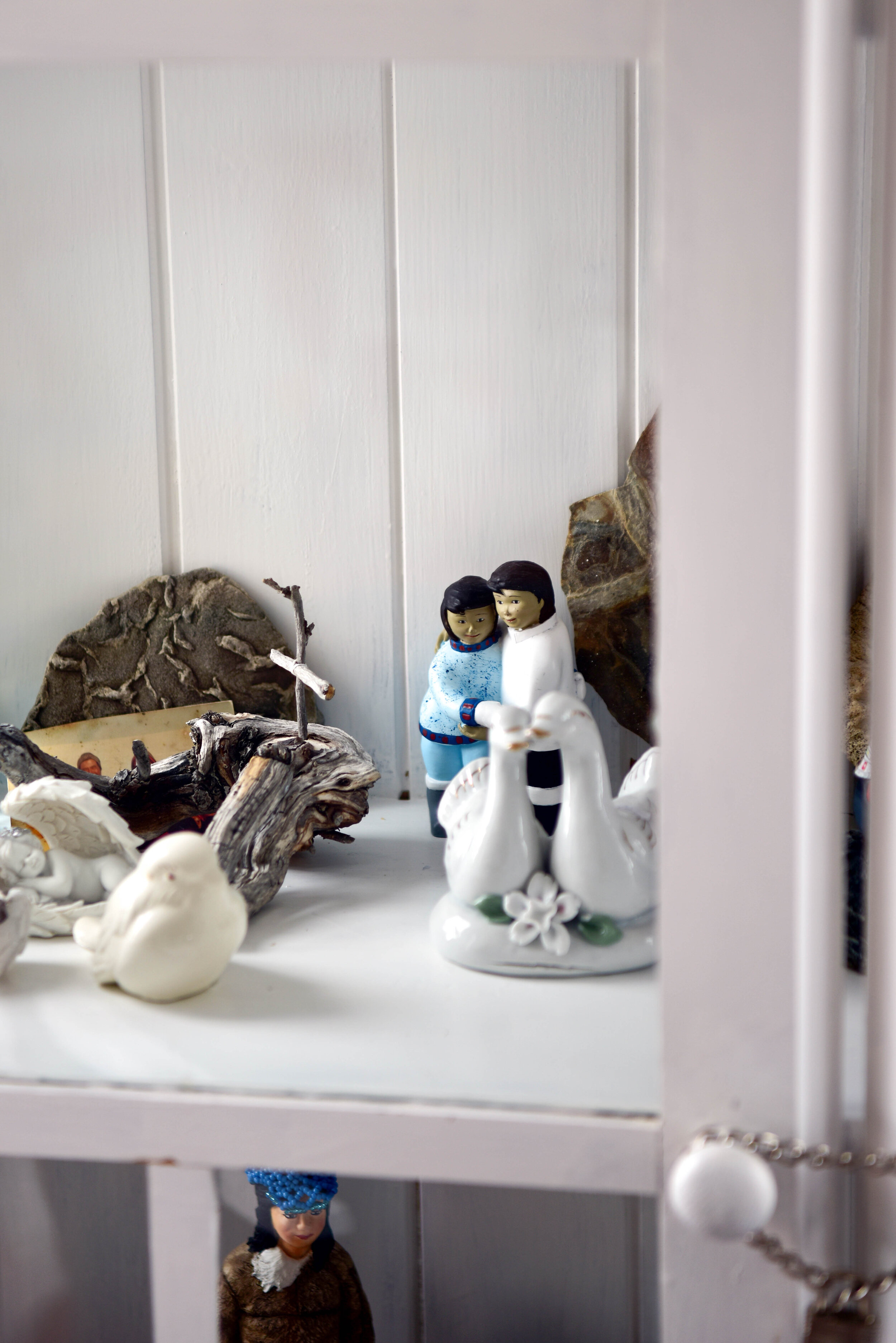nov 2019 | photo essay
A high arctic evolution
A story of sociocultural change in a Greenlandic Inuit town that begins with the Cold War
A Danish town built for the Inuit, Qaanaaq was founded in 1953 and is one of Greenland’s northernmost settlements. Many of Qaanaaq’s residents were displaced from an ancient Inuit village to allow the expansion of a US Air Base, initiating a series of unprecedented sociocultural changes.
Raised semi-nomadically, Regine first encountered immobile housing in Qaanaaq. This physical change translated into sociocultural change as Regine adopted a sedentary lifestyle modelled after Danish ideals, centralized governance, Western education and diet, Christianity, and monetary economy.
With a monetary economy, Regine and other Inuit were faced for the first time with rent and bills that require salaried jobs. The identity of Inuit as hunters is now inaccurate, for the little money left in hunting has created households reliant on paid employment, reminiscent of modern city life.
With a new supermarket, hunting is also no longer necessary for survival. Yet, while provisioned fruits and vegetables have enriched diets, Regine and her community still value hunters and traditional foods such as mattak (narwhal blubber), which are intrinsic to their culture and symbolic of identity.
In a limbo between traditional and modern, the Inuit of Qaanaaq have demonstrated great adaptability and resilience in light of rapid sociocultural change. One must be tough to live here and while traditional values were challenged and identity is evolving, Regine’s community is here to stay.





